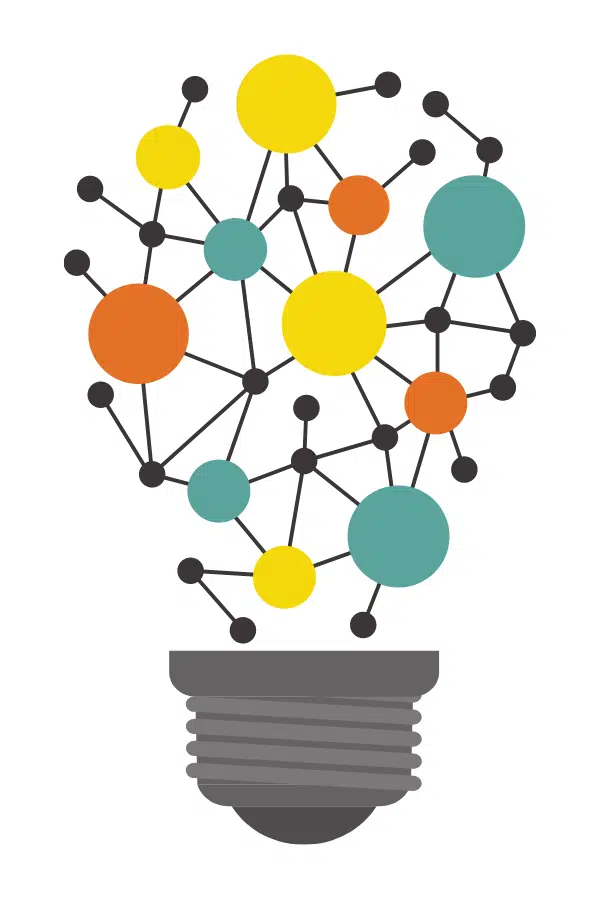Relationship Mapping 101: What It Is and Why It Matters
Discover the Power of Relationship Mapping to Transform Your Community Collaborations
In today’s complex world, effective collaboration is more important than ever. Relationship mapping is a proven method that helps organizations visualize and analyze their connections with community partners, enabling them to work together more effectively. This guide will provide an in-depth look at relationship mapping and its value in various sectors, including population and community health, philanthropy, and multi-sector collaborative efforts addressing social and environmental issues.
Table of Contents
Section 1: Understanding Relationship Mapping
Relationship mapping is a technique that visually represents the connections between different entities within an ecosystem, such as organizations, people, or resources. By creating a visual representation of these relationships, it becomes easier to identify key players, assess the flow of information, and understand the overall structure of the network. This clarity helps organizations streamline communication, optimize resource allocation, and enhance their collaborative efforts.
Section 2: The Value of Relationship Mapping
The power of relationship mapping lies in its ability to reveal crucial insights that might otherwise be hidden. By understanding the connections within a network, organizations can:
- Improve communication and information sharing among community partners
- Enhance collaboration by identifying potential synergies and areas for cooperation
- Allocate resources more efficiently, targeting areas with the greatest need or potential impact
- Identify gaps or bottlenecks in the network, allowing for targeted interventions
- Monitor progress and evaluate the effectiveness of collaborative efforts
Section 3: Key Components of Relationship Mapping
An effective relationship map comprises three core components: nodes, edges, and relationship data.
- Nodes, usually a circle, represent entities such as organizations or individuals.
- Edges, usually a line, define the relationships between them.
- Relationship Data provides context and additional information about each node and edge, such as the strength of the relationship or the type of resources being shared.
By collecting and analyzing this data, organizations can gain valuable insights into their community partners and better align their collaborative efforts.
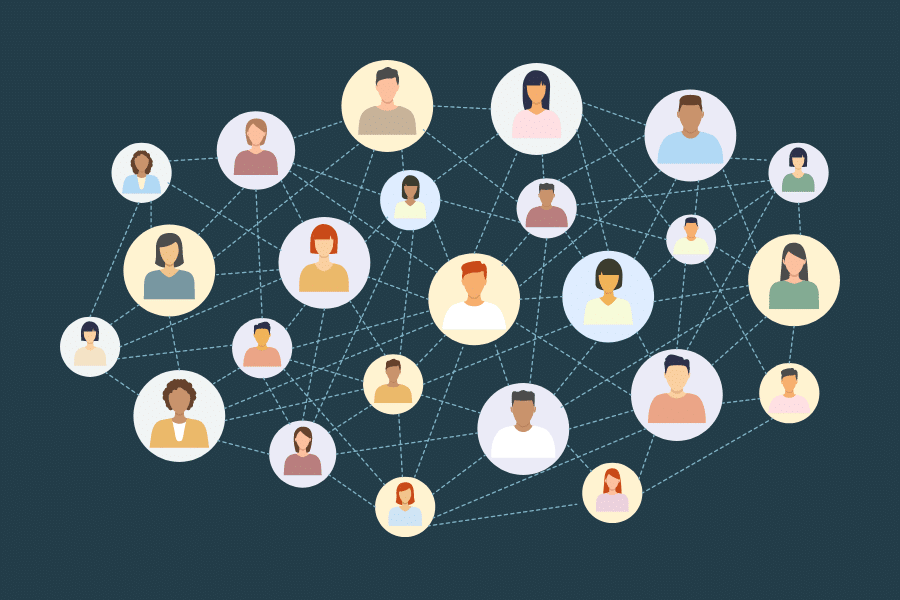
Section 4: Relationship Mapping in Action
Across various sectors, relationship mapping has proven to be an invaluable tool for driving impact. In population and community health, it can help identify key players in addressing health disparities and inform targeted interventions. In philanthropy, relationship mapping enables funders to make more strategic decisions and maximize the impact of their investments. For multi-sector collaborations addressing social and environmental issues, relationship mapping fosters a deeper understanding of the ecosystem and promotes more effective collaboration among diverse stakeholders.
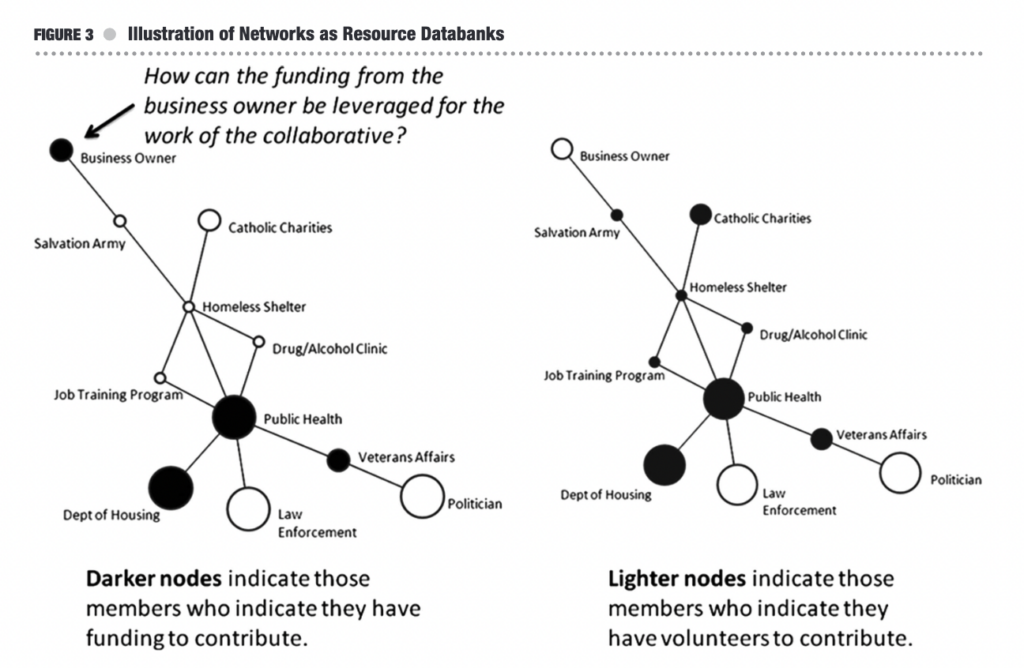
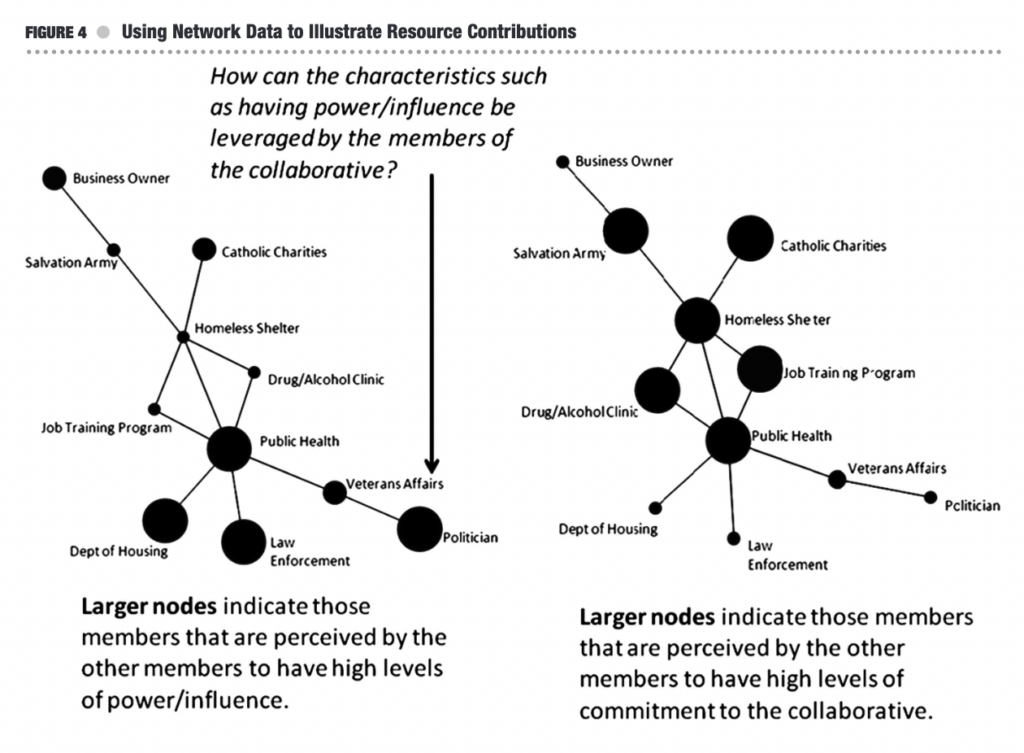
Section 5: Introducing PARTNER CPRM
PARTNER CPRM is a powerful community partner relationship management software designed to make relationship mapping accessible and effective for organizations like yours. Our innovative network analyzer allows you to easily map and analyze the relationships between your community partners, ensuring that you can harness the full potential of your network. With validated relationship measures like trust, power, and value, customizable dashboards, and in-depth reporting, PARTNER CPRM is the perfect tool for any organization looking to take their collaborative efforts to the next level. Click here to learn more.
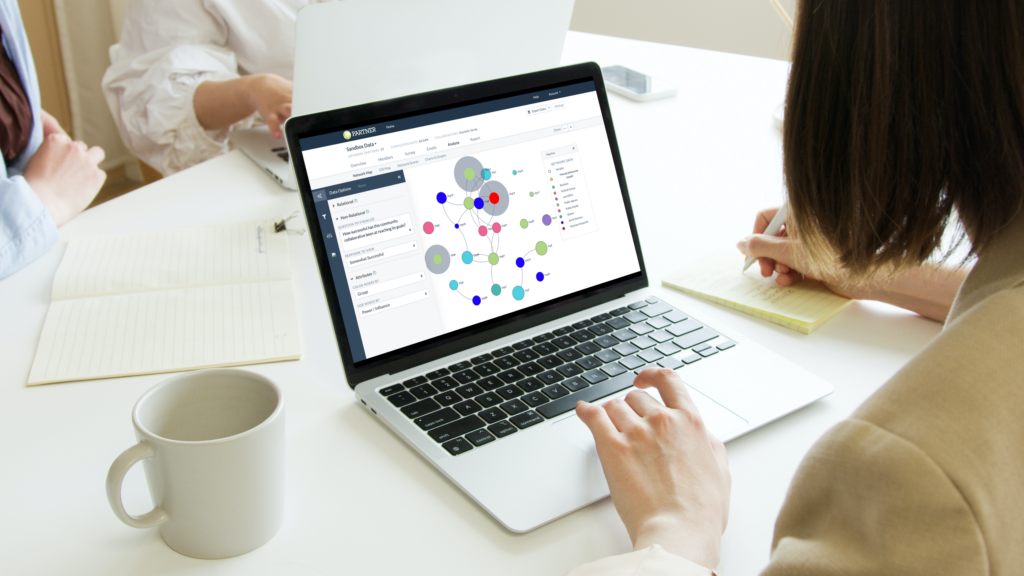
Relationship Mapping: The Last Word
Relationship mapping is an essential method for organizations looking to maximize the impact of their community partnerships. By understanding the connections within your network, you can enhance communication, optimize resource allocation, and drive meaningful change. With PARTNER CPRM, you can unlock the full potential of your collaborative efforts in population health, philanthropy, and multi-sector collaborations.
Request a PARTNER CPRM Web Demo
See PARTNER CPRM for yourself and get your questions answered with a real-time personalized demo with our Sales & Partnerships Team.
Set up a Call with our Partnerships Team
Want to discuss an idea for a project or how to apply relationship mapping to your research or practice? Discuss it on a quick call with our team.
Download our Free Relationship Map Template
Try relationship mapping for yourself with a free Canva template created by our team. You will need to register for a free Canva account to use it.
Frequently Asked Questions (FAQs)
Relationship mapping is a technique that visually represents the connections between different entities within an ecosystem, such as organizations, people, or resources. It helps organizations identify key players, assess information flow, and understand the overall structure of their network. This clarity enables organizations to streamline communication, optimize resource allocation, and enhance their collaborative efforts.
Organizations and individuals involved in population and community health, philanthropy, and multi-sector collaborative efforts addressing social and environmental issues can greatly benefit from relationship mapping. By understanding their connections, they can enhance communication, optimize resource allocation, and drive meaningful change.
PARTNER CPRM is a powerful community partner relationship management software designed to make relationship mapping accessible and effective. It includes a network analyzer that allows you to easily map and analyze relationships between community partners, ensuring that you can harness the full potential of your network. The software also offers seamless integration into existing systems, customizable dashboards, and in-depth reporting.
PARTNER CPRM offers comprehensive training and support resources to ensure a smooth transition and implementation. These resources include onboarding guides, tutorials, webinars, and dedicated customer support to help you get the most out of the software.
To get started with PARTNER CPRM, you can request a demo or sign up for a free trial to see the software in action. Once you’re ready to implement PARTNER CPRM, access the available training and support resources to ensure a smooth transition and integration into your existing systems and workflows.
More Relationship Mapping Resources
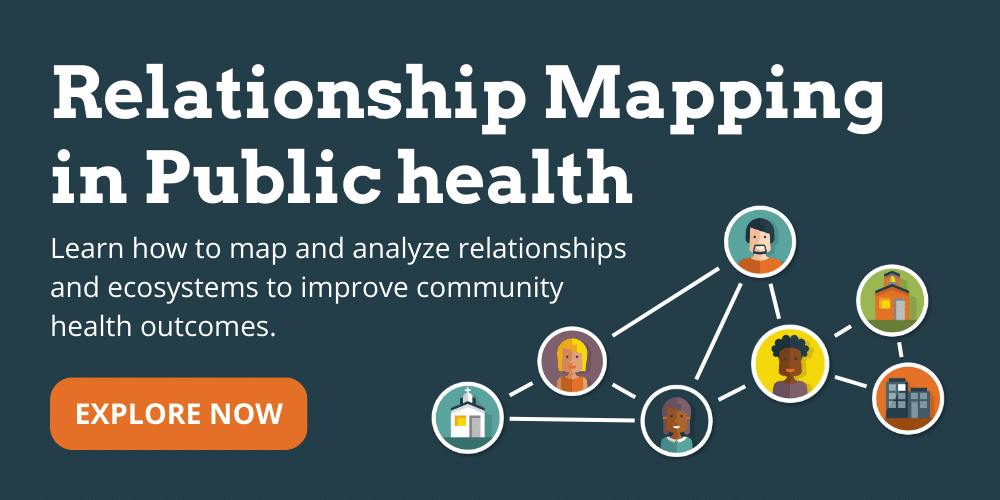
Relationship Mapping for Public Health
Relationship Mapping A Guide for Public Health Partnerships Relationship mapping is an increasingly popular tool for visualizing the relationships and systems that influence community health outcomes. Relationship maps help you visualize and analyze the structure, quality, and interactions between the people and organizations that make
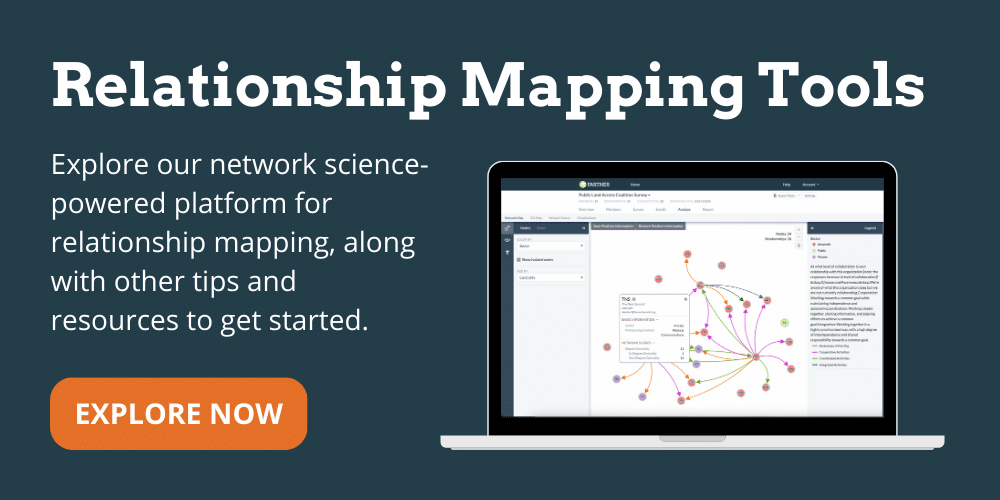
Relationship Mapping Tools
Our Relationship Mapping Tools Help You Discover New Insights!PARTNER is our signature suite of relationship mapping tools for analyzing and mapping personal and organizational relationships and partnerships. Using the power of social network analysis, your maps will not only look beautiful but lead to valuable

Relationship Budgeting: Building Networks with Intent
A bigger network is a better network… right? That’s what most of us learn our entire lives. More friends, partners and network members provide more ideas, more opportunities, and more connections in turn. More is better… or is it a problem? When asked what’s limiting
Connect with our Team!
Contact the VNL team to demo PARTNER™ or discuss a research or evaluation project. We can help you learn more about our services, help brainstorm project designs, and provide a custom scope based on your budget and needs. We look forward to connecting!
Email our team: hello@visiblenetworklabs.com
Send a message: Contact Us Here
